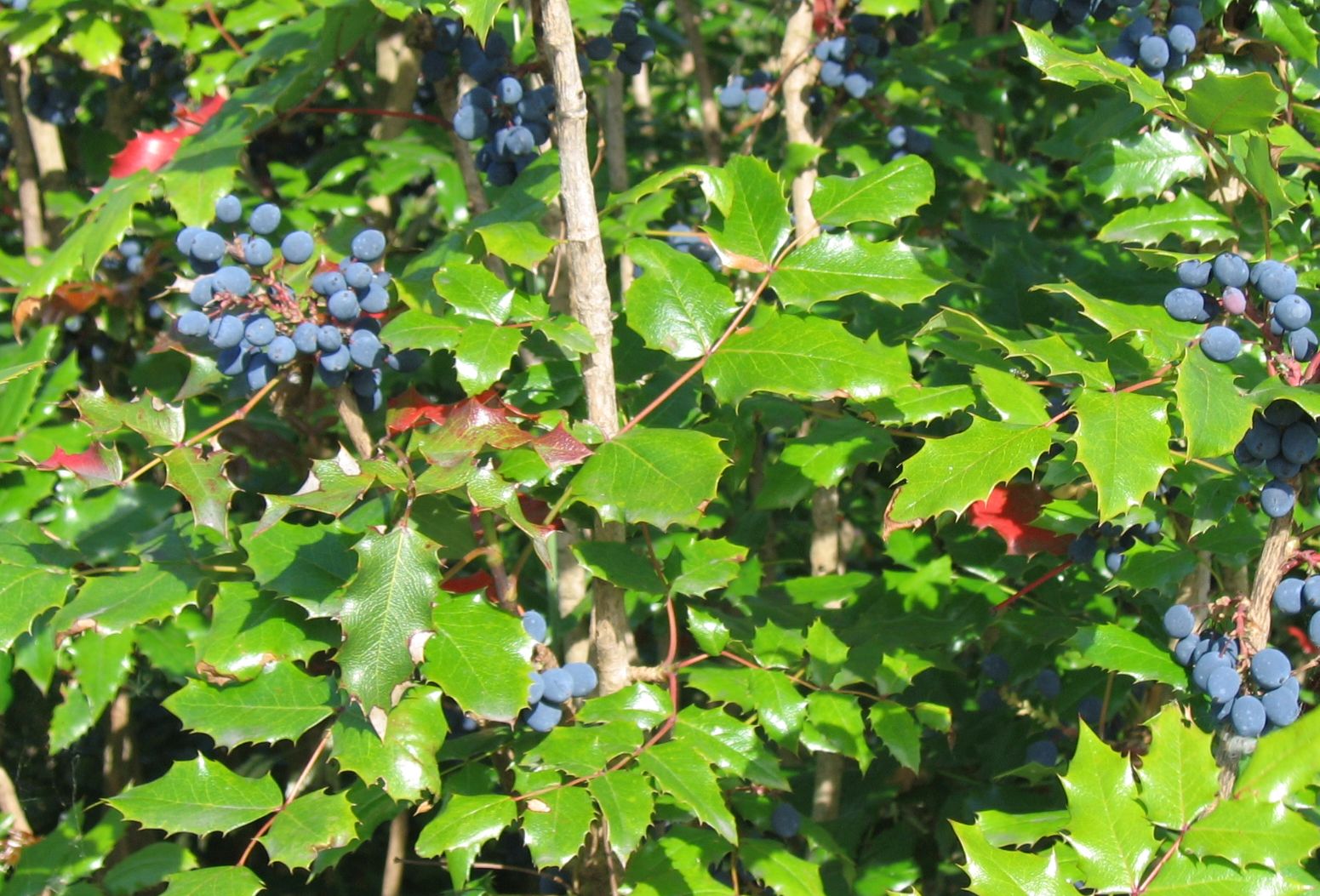Herbs, a perfect addition to holiday traditions, home comfort and gatherings, add to the enjoyment and memories of the occasion by communicating with us through multiple senses. They are beautiful to look at, tasty in recipes, and fragrant, setting the mood and enhancing the holiday atmosphere.
Take down those hanging bundles of dried herbs and use them to make a decorative door wreath. I use an inexpensive grapevine wreath from the craft store, attaching bundles of herbs with a glue gun. Dried garden sage, lavender sprigs, rosemary, some white statice and a big bow look lovely on the door. I spread pine boughs along the length of my fireplace mantel and tuck more of these bundles of dried herbs into it. Some candles or holiday figurines add a finishing touch. You can use the same idea for table decorations or centerpieces. Dried herb bundles also look lovely tucked into napkin rings or under the bow of a wrapped present.
Everyone recognizes particular aromas of the season, and there are many ways to infuse them into the air. The light of scented candles adds to the holiday ambience. Bayberry is especially familiar; the first settlers made candles from the wax of this plant and burned them during the winter holidays. Many artificially fragranced options can be too strong, and sometimes people have allergic reactions to them. As a candle alternative, add allspice and cinnamon stick to a pot of simmering water to fragrance or refresh the air. Essential oils in a diffuser can substitute for the fresh pine smell that our artificial trees cannot provide. Cinnamon, clove, cedar, orange or tangerine oils also produce holiday fragrance. One word of caution: Essential oils are very flammable, so never put them directly on a heat source like a light bulb or near a flame, and keep them out of reach of children. To make a house spray, combine 6 drops of pine, 3 drops orange and 2 drops cinnamon in an eight-ounce spray bottle of water.
Seasoning food with herbs opens a world of endless opportunity. Put roasted garlic in the mashed potatoes. Add one teaspoon each of crumbled or ground sage, thyme and marjoram to four cups of unseasoned stuffing. Add fresh snipped chives, parsley, dill, and salad burnet (which stays green under the snow all winter) with a little chopped red pepper to a sour cream dip. Green mint liqueur or syrup over vanilla ice cream topped with a cherry is a colorful and easy dessert. Use cilantro in spicier fare. Herbs make lovely garnishes, too. With all the rich recipes this time of year, people really appreciate the refreshing taste of herbs includesd in unexpected places. I like to add chopped ginger and cinnamon to warm apple cider to relieve winter's chill.
Remember herbs on your gift list. Little pots of culinary herbs make pretty and useful presents. Area garden centers usually have topiaried rosemary plants that you can give for use as a centerpiece. Bottles of imported spices are a nice gift. Fill a pretty jar with lavender blossoms that a friend can take to the workplace or put by her bathtub. Sleep pillows stuffed with herbs can be used well past the holidays. Dried and living plants make wonderful gifts.
So this season, think of herbs first when you are seeking ideas. Enjoy them yourself as you package them up. At the end of a busy day, fill a little muslin bag with lavender and let the water from the faucet run over it as you are running the tub for a relaxing bath.
Merry Harrison, RH(AHG) is a clinical herbalist, teacher, author and wildcrafter.
For class schedule and to ask questions: www.millcreekherbs.com
For class schedule and to ask questions: www.millcreekherbs.com
Reprinted with permission: Catalyst Magazine





















